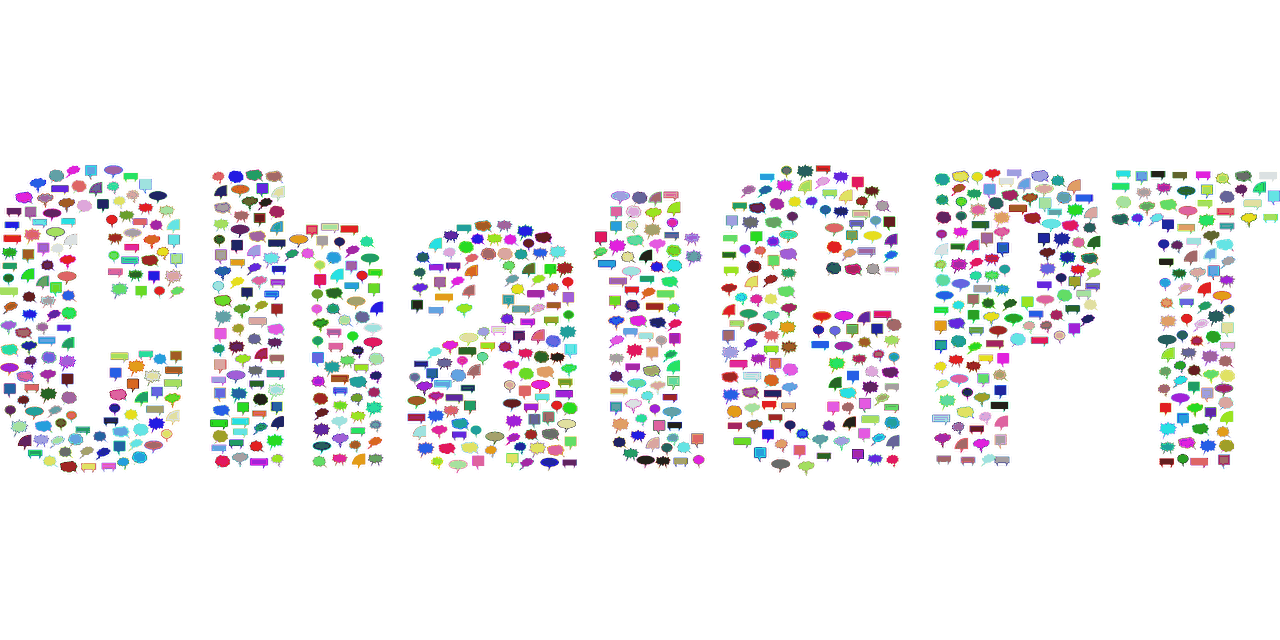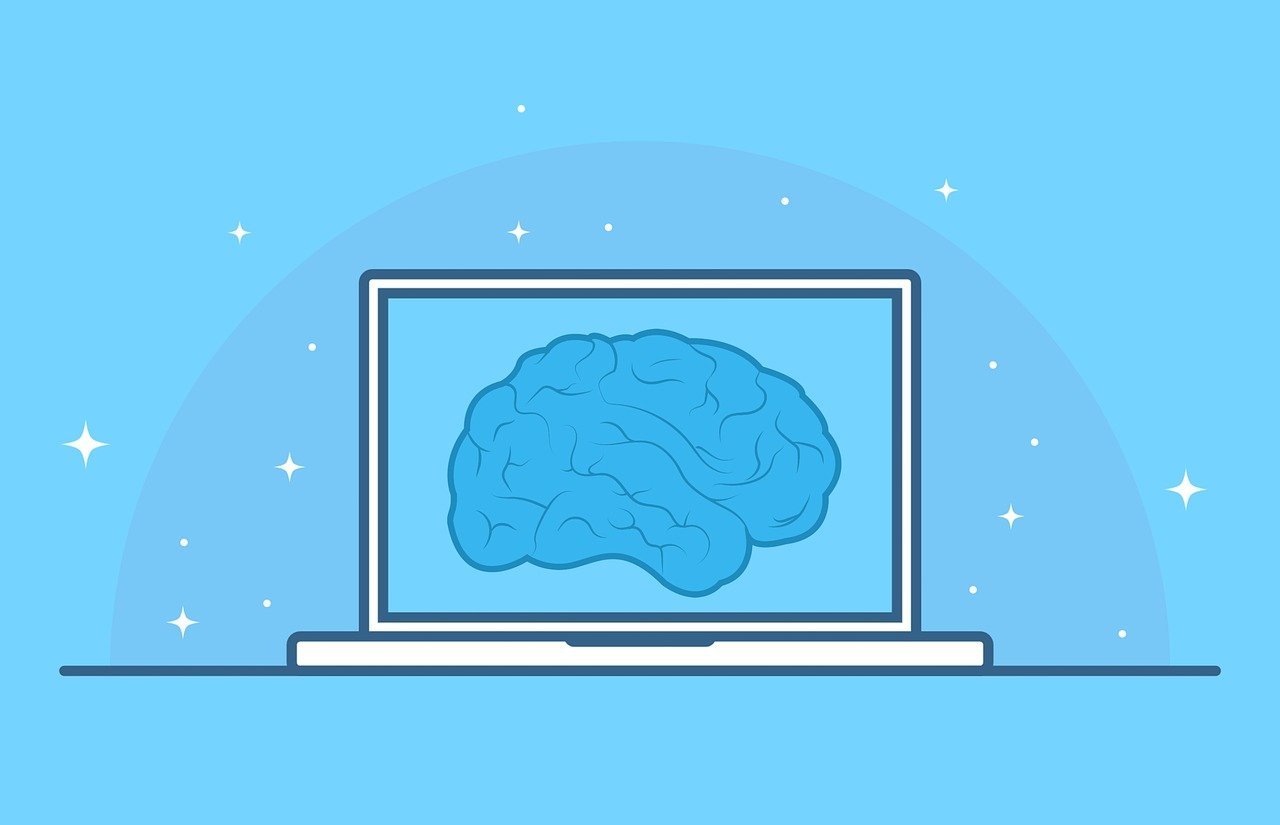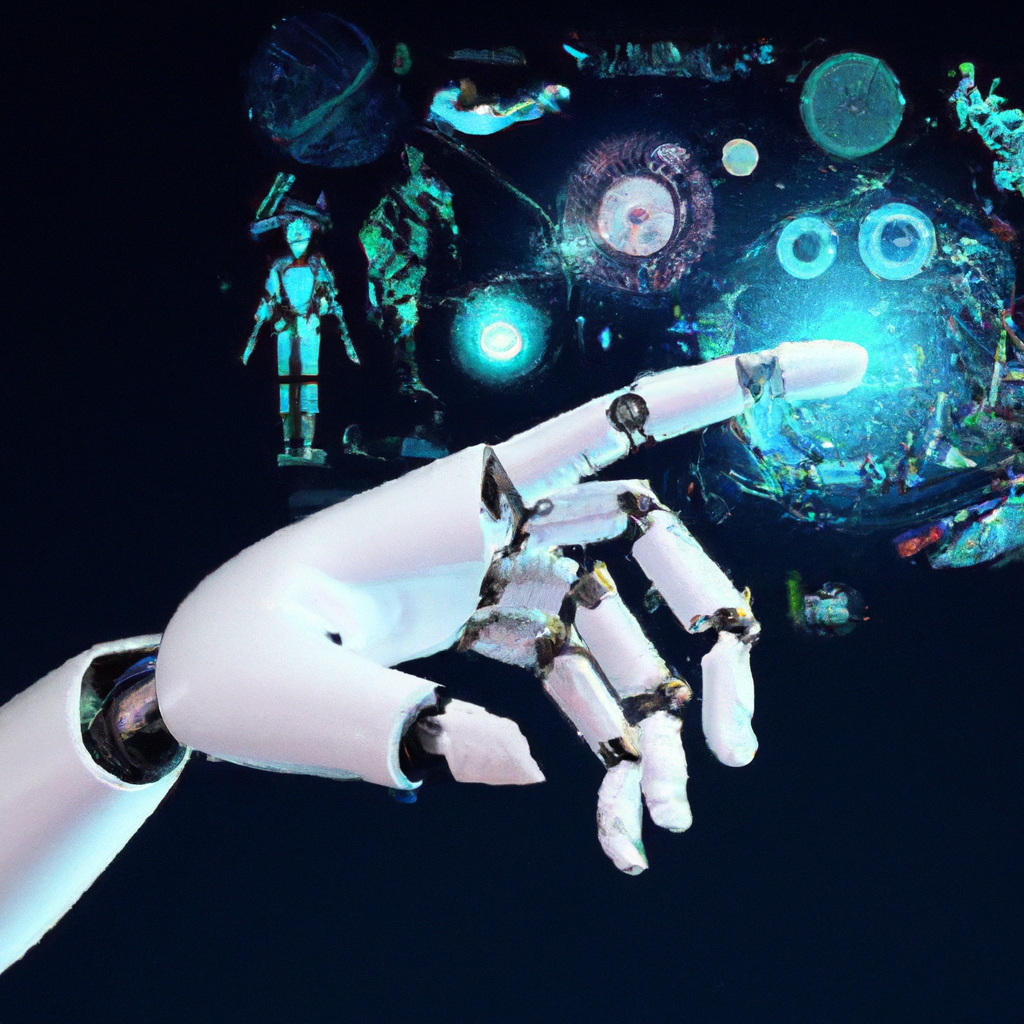In this article, you will discover a fascinating exploration of the top AI models that are currently making waves in the technology world. From the remarkable capabilities of cutting-edge language models to the astonishing advancements in computer vision, we will uncover the absolute best AI models available today. Get ready to be amazed by the incredible feats that these intelligent machines are capable of achieving. Whether you’re a tech enthusiast or simply curious about the latest AI breakthroughs, this article will provide you with an informative and captivating overview of the most impressive AI models of our time. Today, there are numerous AI models that have revolutionized the field of artificial intelligence. These models are designed to solve specific problems and tasks, ranging from supervised learning to computer vision and anomaly detection. In this article, we will explore some of the best AI models available today, categorized by their respective domains.

This image is property of pixabay.com.
Supervised Learning Models
1. Linear Regression
Linear regression is a foundational supervised learning algorithm used for predicting continuous numeric values. It establishes a linear relationship between the input variables and the target variable, allowing for accurate predictions based on the given data.
2. Logistic Regression
Logistic regression is another widely used supervised learning algorithm, but it is specifically designed for classification problems. It predicts the probability of an input belonging to a certain class, making it suitable for binary and multiclass classification tasks.
3. Decision Trees
Decision trees are intuitive and powerful supervised learning models. They are constructed using a series of if-else conditions based on the input features, ultimately leading to a decision or classification. Decision trees are easy to interpret and can handle both categorical and numerical data.
4. Random Forests
Random forests are an ensemble learning technique that combines multiple decision trees. By making predictions based on the majority vote of the individual trees, random forests provide robust and accurate predictions. They are particularly effective in dealing with high-dimensional datasets.
5. Support Vector Machines
Support Vector Machines (SVM) are versatile and robust supervised learning models. They utilize a hyperplane to separate different classes in the data, maximizing the margin between them. SVM can handle complex datasets and are effective for both linear and nonlinear classification tasks.
Unsupervised Learning Models
1. K-means Clustering
K-means clustering is a popular unsupervised learning algorithm used for clustering analysis. It partitions data points into k distinct clusters based on their similarity in features. K-means clustering is efficient and can be applied to various domains such as customer segmentation and image compression.
2. Gaussian Mixture Models
Gaussian Mixture Models (GMM) are probabilistic models frequently used in unsupervised learning tasks. They represent data points as a mixture of Gaussian distributions, enabling them to fit complex data distributions. GMM is often employed in image segmentation and anomaly detection.
3. Hierarchical Clustering
Hierarchical clustering is another clustering algorithm that creates a tree-like hierarchy of clusters. It starts with each data point as an individual cluster and recursively merges them based on their similarity. Hierarchical clustering is useful for visualizing and exploring relationships within data.
4. Principal Component Analysis
Principal Component Analysis (PCA) is a dimensionality reduction technique widely used in unsupervised learning. It transforms high-dimensional data into a lower-dimensional space while retaining most of the original information. PCA is valuable for visualizing data and extracting meaningful features.
Deep Learning Models
1. Convolutional Neural Networks (CNN)
CNNs are extensively used in computer vision tasks, as they excel at extracting spatial features from images. They consist of convolutional and pooling layers that effectively learn hierarchical representations of visual data. CNNs have been instrumental in object detection, image classification, and image generation.
2. Recurrent Neural Networks (RNN)
RNNs are designed to handle sequential data and are widely used in natural language processing tasks. They have feedback connections that enable them to retain and utilize previous information, making them suitable for tasks like text generation, machine translation, and sentiment analysis.
3. Long Short-Term Memory (LSTM)
LSTMs are a variant of RNNs that address the vanishing gradient problem and capture longer-range dependencies in sequential data. They have memory cells that selectively store and forget information, making them highly effective in tasks such as speech recognition, handwriting recognition, and time series analysis.
4. Generative Adversarial Networks (GAN)
GANs are a unique class of deep learning models that consist of a generator and a discriminator network. They work in tandem, with the generator aiming to create realistic samples and the discriminator attempting to differentiate between real and fake samples. GANs have made significant contributions to image and video generation.
5. Transformer Models
Transformer models revolutionized natural language processing by introducing the concept of self-attention. They can capture complex contextual relationships within text and have achieved state-of-the-art performances in tasks such as machine translation, summarization, and question-answering.
Natural Language Processing (NLP) Models
1. Word2Vec
Word2Vec is a popular NLP model that learns word embeddings from large textual datasets. It represents each word as a dense vector, capturing semantic relationships between words. With Word2Vec, tasks such as word similarity, text classification, and sentiment analysis become more accurate and efficient.
2. GloVe
GloVe (Global Vectors for Word Representation) is another widely used model for learning word embeddings. It combines statistical information with global word co-occurrence patterns to create embeddings that effectively capture semantic relationships. GloVe has shown strong performance in various NLP tasks.
3. BERT
BERT (Bidirectional Encoder Representations from Transformers) is a revolutionary NLP model that introduced the concept of pretraining and fine-tuning. It learns contextual representations of words by training on large amounts of unlabeled text. BERT has achieved state-of-the-art results in various NLP benchmarks and downstream tasks.
4. GPT
GPT (Generative Pre-trained Transformer) is a language generation model that uses a transformer architecture. It utilizes self-attention mechanisms to generate coherent and contextually relevant text. GPT models have been successfully applied to tasks such as text generation, dialogue systems, and language translation.
5. Transformer-XL
Transformer-XL is an advanced variant of the original transformer model that addresses the limitation of fixed-length context windows. It enables longer-range dependencies and captures comprehensive contextual information in text. Transformer-XL has improved the performance of language modeling and machine translation tasks.

This image is property of pixabay.com.
Reinforcement Learning Models
1. Q-Learning
Q-Learning is a fundamental reinforcement learning algorithm used for making decisions in a Markov decision process. It learns an optimal policy by iteratively updating the Q-values, which represent the expected rewards for taking certain actions in a given state. Q-Learning has been influential in solving problems like game playing and autonomous control.
2. Deep Q-Networks (DQN)
DQNs combine Q-Learning with deep neural networks to handle high-dimensional state spaces. They use neural networks to approximate the Q-values, allowing for more accurate and efficient learning. DQNs have demonstrated impressive performance in solving complex reinforcement learning tasks.
3. Proximal Policy Optimization (PPO)
PPO is a state-of-the-art reinforcement learning algorithm that is widely used in continuous control tasks. It ensures stable policy updates by constraining the policy changes during training. PPO has been successful in solving complex robotic control problems and other continuous action domains.
4. Trust Region Policy Optimization (TRPO)
TRPO is another powerful reinforcement learning algorithm that optimizes policies under a trust region constraint. It guarantees monotonic policy improvement while avoiding excessive changes. TRPO has shown impressive results in various robotic control and game playing tasks.
5. AlphaZero
AlphaZero is a groundbreaking reinforcement learning model that mastered several board games, including chess, Go, and Shogi, without prior knowledge or human guidance. It combines Monte Carlo Tree Search with deep neural networks, achieving superhuman performance and revolutionizing the field of game playing AI.
Transfer Learning Models
1. VGG16
VGG16 is a popular deep learning model often used as a feature extractor for transfer learning. It consists of 16 convolutional layers and is effective in various computer vision tasks, such as image classification and object detection.
2. InceptionV3
InceptionV3 is a deep learning model known for its efficient use of computational resources. It uses inception modules, which combine different sizes of convolutions, to extract features from images. InceptionV3 is widely used in image recognition, object detection, and image segmentation tasks.
3. ResNet
ResNet, short for Residual Network, is a deep learning model that introduced residual connections. These connections enable training of much deeper neural networks by addressing the problem of vanishing gradients. ResNet has achieved state-of-the-art results in image classification and object detection tasks.
4. MobileNet
MobileNet is a lightweight deep learning model specifically designed for mobile and low-power devices. It uses depth-wise separable convolutions to reduce the computational complexity while retaining high accuracy. MobileNet is widely adopted in mobile applications and real-time image recognition systems.
5. BERT
BERT, as mentioned earlier, can also be considered a transfer learning model in the context of NLP tasks. By pretraining on large amounts of textual data, BERT learns contextual representations that can be fine-tuned for specific NLP tasks, achieving remarkable performance without significant additional training.

This image is property of pixabay.com.
Ensemble Learning Models
1. Bagging
Bagging, short for Bootstrap Aggregating, is an ensemble learning technique that combines multiple models trained on different subsets of the data. By averaging or voting on the predictions of the individual models, bagging reduces overfitting and improves overall performance. It is widely used in classification and regression tasks.
2. Boosting
Boosting is another ensemble learning technique that focuses on iteratively improving the performance of weak models. By training models in sequence, where each subsequent model corrects the mistakes of its predecessors, boosting creates a strong ensemble learner. Gradient Boosting and AdaBoost are popular boosting methods.
3. Stacking
Stacking is a more advanced ensemble learning technique that combines multiple models through a meta-learner. The meta-learner takes predictions from the base models as inputs and determines the final prediction. Stacking is effective in complex tasks where multiple models with different strengths are needed.
Time Series Forecasting Models
1. Autoregressive Integrated Moving Average (ARIMA)
ARIMA is a widely used time series forecasting model that captures both trend and seasonality in data. It involves differencing the data to make it stationary and then fitting autoregressive and moving average terms to make predictions. ARIMA is valuable in predicting stock prices, weather patterns, and economic trends.
2. Long Short-Term Memory (LSTM)
LSTM, mentioned earlier as a deep learning model, is also highly effective for time series forecasting. Its ability to capture long-term dependencies makes it suitable for predicting future values based on historical data. LSTM has proven successful in areas such as energy demand forecasting, stock market prediction, and sales forecasting.
3. Prophet
Prophet is a time series forecasting model developed by Facebook’s Data Science team. It incorporates both trend and seasonality components, along with customizable growth and holiday patterns. Prophet simplifies the forecasting process and has gained popularity in business forecasting and capacity planning tasks.

Anomaly Detection Models
1. Isolation Forest
Isolation Forest is an unsupervised learning algorithm that identifies anomalies by isolating them in low-dimensional spaces. It constructs isolation trees and assigns anomaly scores based on the average number of splits required to isolate an instance. Isolation Forest is efficient, scalable, and useful for outlier detection in various domains.
2. Local Outlier Factor (LOF)
LOF is another widely used unsupervised learning algorithm for anomaly detection. It calculates the local density deviation of a data point compared to its neighbors, enabling identification of outliers. LOF is effective in discovering anomalies in areas with varying densities.
3. One-Class SVM
One-Class SVM is a support vector machine-based algorithm that learns a boundary around normal instances and identifies anomalies as data points lying outside this boundary. It works well when training data contains only normal instances and can detect anomalies in real-time data streams.
Computer Vision Models
1. YOLO (You Only Look Once)
YOLO is an object detection model famous for its real-time performance. It divides an image into an array of grids and predicts bounding boxes and class probabilities for each grid cell. YOLO is widely used for real-time object detection in various applications, including autonomous vehicles and surveillance systems.
2. SSD (Single Shot MultiBox Detector)
SSD is another popular object detection model that achieves high levels of accuracy and real-time performance. It incorporates a series of convolutional layers of different sizes to capture objects at different scales. SSD is widely used in robotics, surveillance, and autonomous driving applications.
3. Mask R-CNN
Mask R-CNN is an extension of the traditional R-CNN model that includes instance segmentation. It simultaneously predicts object bounding boxes and generates pixel-level segmentation masks. Mask R-CNN is valuable in a wide range of computer vision applications, such as image segmentation, object counting, and even virtual reality.
4. DenseNet
DenseNet is a deep learning model that connects each layer to every other layer in a feed-forward manner. This connectivity pattern enables effective feature reuse and significantly reduces the number of parameters. DenseNet has achieved state-of-the-art results in image classification and object detection tasks.
5. EfficientNet
EfficientNet is a family of deep learning models that achieves high accuracy with significantly fewer parameters compared to other models. It uses a compound scaling method that balances model depth, width, and resolution to optimize performance. EfficientNet has shown remarkable performance in image classification and object detection benchmarks.
In conclusion, the field of artificial intelligence offers a diverse range of models in various domains. From supervised learning to computer vision and natural language processing, these models have transformed the way we solve problems and extract insights from data. Whether it’s linear regression for predicting continuous values or deep learning models for complex tasks, these AI models continue to push the boundaries of what is possible in the world of AI and machine learning. With their unique capabilities and applications, these models enable us to tackle real-world challenges and make intelligent decisions in an increasingly data-driven world.

